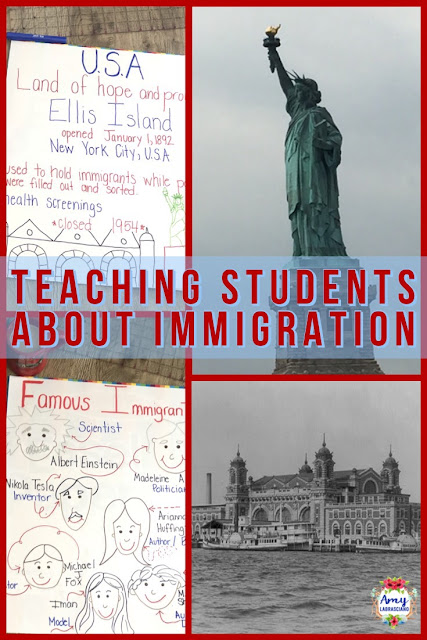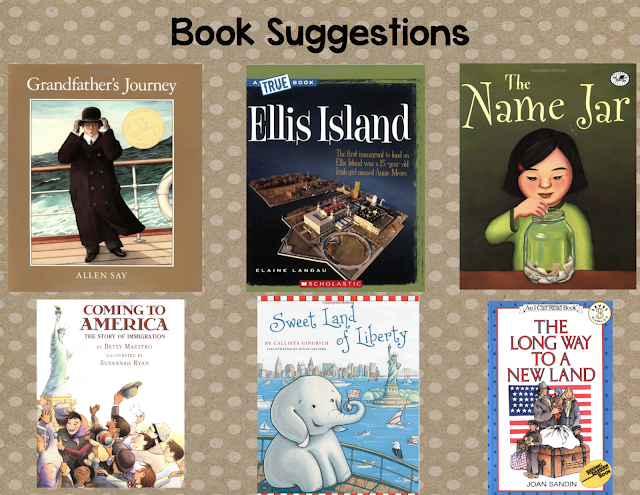We had a lot of fun in class this past week learning about American Symbols.
Some of the activities that we did:
Museum Walk- I put symbols around the classroom for the children to look at. For some of them it was their first time seeing some of the symbols. The kids glanced at the picture and then the name trying to create connections with their learning.
Reading: We read lots of books to tell us the hows and whys of symbols. Did you know that Mt. Rushmore was created to draw in tourism? I guess I learned something too.
Task cards: Once the students were familiar with the symbols and their facts, they worked with task cards.
Video: We found a video on youtube that showed us a few of the symbols.
This is the list of American symbols that I used:
American Bald Eagle
American Flag
The White House
The Liberty Bell
The Statue of Liberty
The Lincoln Memorial
The Jefferson Memorial
The Washington Monument
Mt. Rushmore
WW1 Memorial
Presidential Seal
Declaration of Independence
Uncle Sam
The Rose
Airforce One
Here are some of the books that we looked at.
If you click on the photo below it will take you to the video on youtube.
This pack contains more reading material and task cards that we used.













